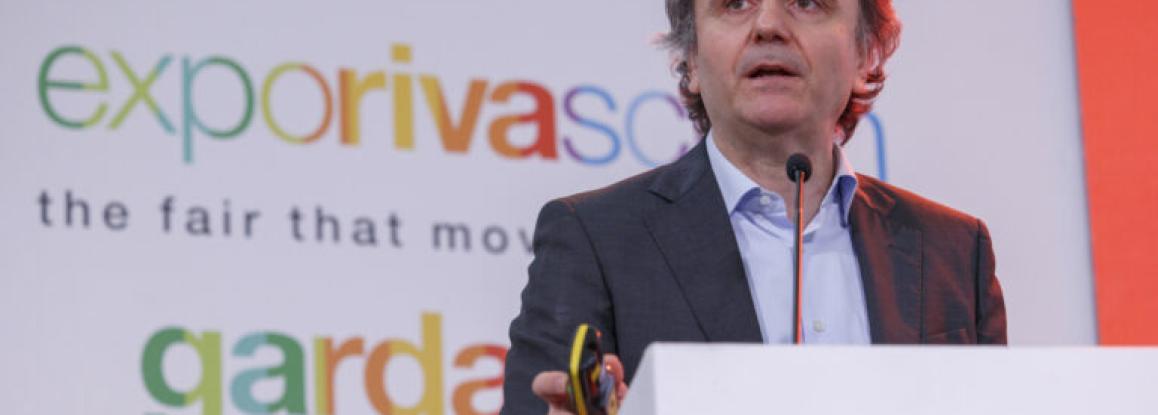How production chains will evolve over the next two years. The considerations of Enrico Cietta, President of the Scientific Committee of Expo Riva Schuh & Gardabags
“The uncertainty we have experienced in the last two years, caused by the pandemic, will also be with us for the next two years, but it will have a different origin and will bring new problems that the footwear sector will have to deal with”, commented
Enrico Cietta, Chairman of the Expo Riva Schuh & Gardabags Scientific Committee, who explained how international production chains are evolving.
Cietta’s analysis starts with the data registered by the international market over the last three years. Global production in volume terms was 22,211 million pairs in 2021, after having fallen to 20,475 million pairs during Covid, still far from the
24,279 million reported in 2019.
This snapshot of the sector not only reflects changes in the figures, but also in certain balances. While remaining the international leader, China recorded a loss in production of 1.5 billion pairs and a loss in exports of 1.8 billion pairs. This
downward trend began even before the pandemic and reveals a tendency in which some parts of production are delocalised and a large part of it is channelled to the domestic market.
This movement allowed other Asian countries to improve their performance. Vietnam now has a 6.1% share of global production in volume terms (versus 4.7% in 2017); Pakistan has 2.3% (1.7% in 2017); the Philippines 0.8% (0.2% in 2017). Other countries
showing growth were India, which recorded +191 million pairs, taking an 11.7% market share, and Turkey +147 million pairs (2.5%), which benefited enormously from its proximity to the European market and its ability to provide a viable alternative
to overcome logistics problems.
This new international landscape will be beset by uncertainty over the next two years. The critical points, says Cietta, could be the discontinuity of the Chinese production chain, as well as the low global economic growth that all international agencies
now expect.
Signs of optimism, but still of uncertainty, can instead be found in the strong company recruitment we have seen in recent years, which now provides a more solid and stable production environment, as well as the now consolidated differentiation of
supply sources.


